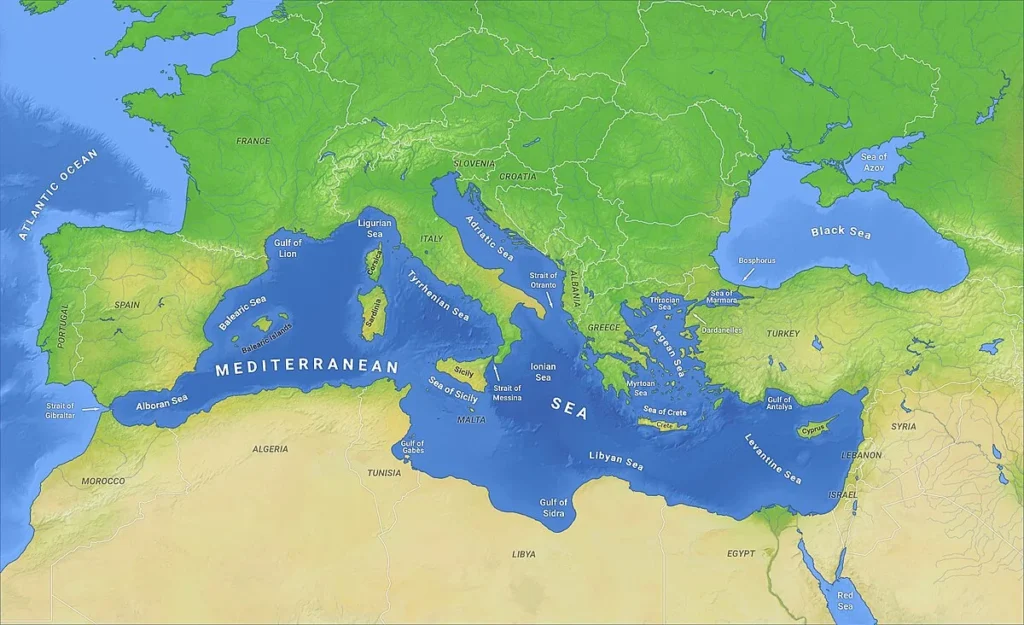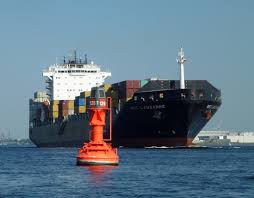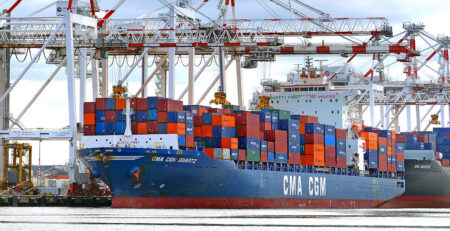Ships in the Mediterranean must comply with new ECA regulations to reduce sulphur emissions, impacting container traffic.

Starting May 1st 2025, the Mediterranean Sea becomes the world’s fifth Emissions Control Area (ECA), compelling vessel operators to reduce sulphur emissions. This new regulation is part of a global effort to curb environmental pollution, primarily targeting the harmful effects of sulphur oxide, which contributes to ocean acidification and acid rain.
However, many container vessels will face limited impact, as the ongoing closure of the Suez Canal has led to a shift in maritime routes. Vessels are now bypassing the Mediterranean by sailing around Southern Africa’s Cape of Good Hope, avoiding the region entirely.
ECA zones aim to reduce harmful emissions by requiring ships to either switch to low-sulphur fuel (0.1%) or use LNG or other cleaner alternatives like methanol. Vessels can also install scrubbers to filter sulphur oxides from exhaust gases, although open-loop scrubbers are banned in many coastal areas due to environmental concerns.
According to Alphaliner, as of the first quarter of 2025, 27.5% of container ships in the Mediterranean are equipped with scrubbers, and 4.5% are capable of running on alternative fuels. Despite this, the Red Sea crisis and diverted shipping routes through the Cape of Good Hope have significantly altered maritime traffic in the region.
Shipping lines, including MSC, Maersk, and CMA CGM, have introduced surcharges for cargo transiting through the Mediterranean due to the new emissions requirements.
Shipping emissions accounted for 24% of the EU’s sulphur oxide (SOx) emissions in 2018, but recent efforts, including the establishment of ECA zones, have led to a 70% reduction in SOx emissions since 2014. Moving forward, the Norwegian Sea and Canadian Arctic are set to join the ECA list by March 2026, further expanding the global effort to reduce emissions from maritime activities.
Source: Seatrade Maritime










